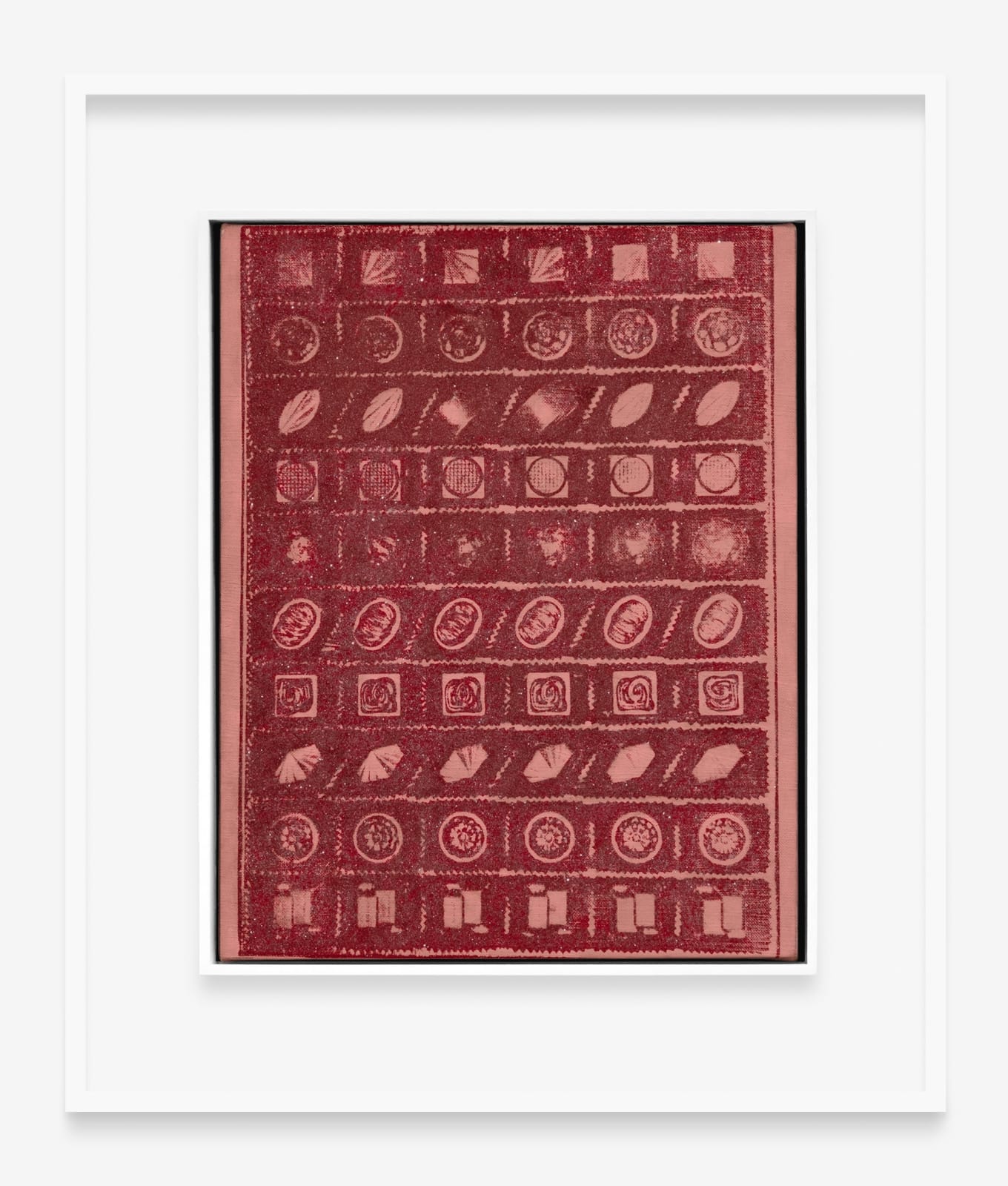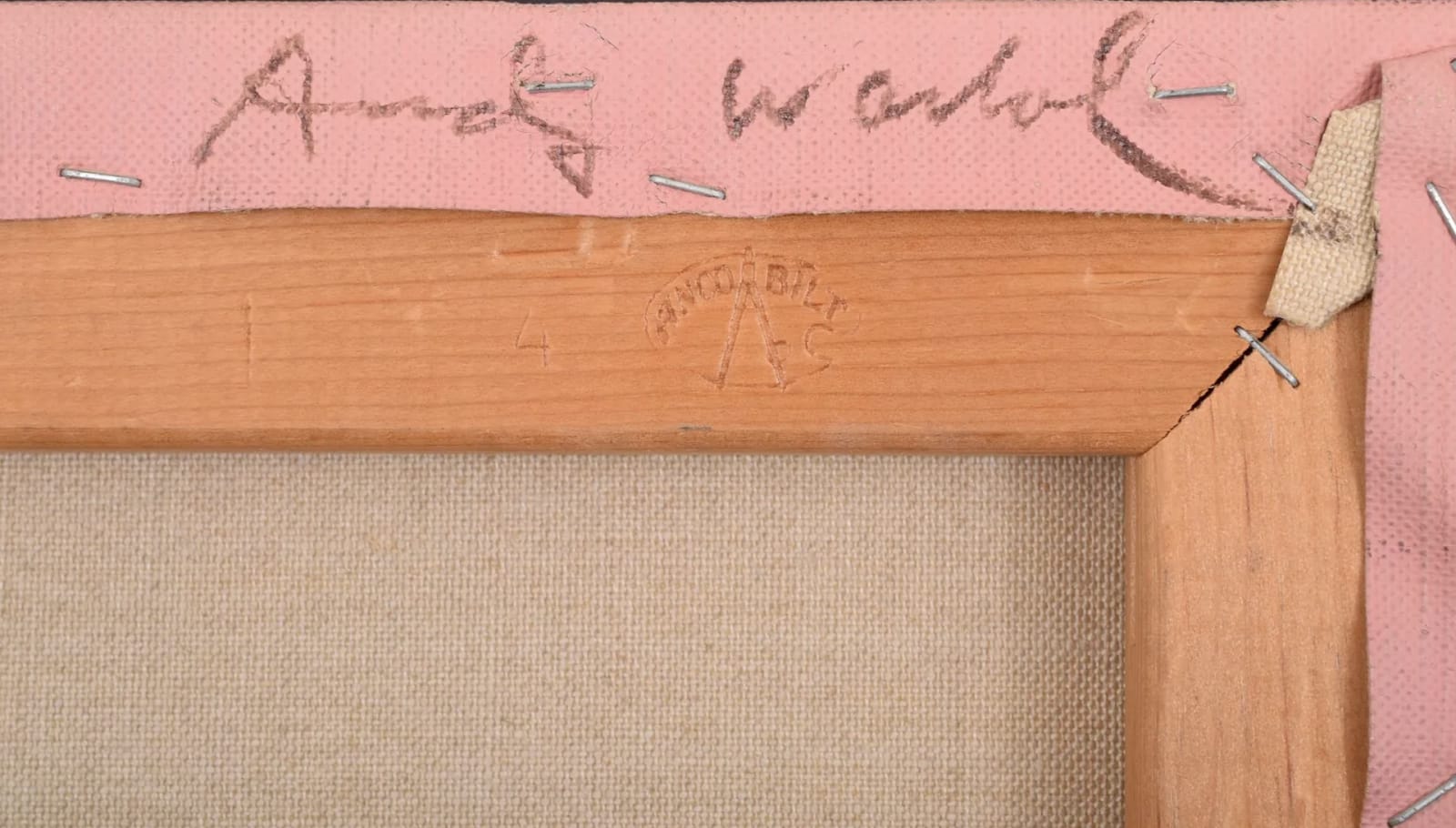Sign up to our mailing list
In order to respond to your enquiry, we will process the personal data you have supplied in accordance with our Privacy Policy.
Monday to Friday: 10 am to 5 pm;
by appointment.
contact@zeitcontemporaryart.com
+1 (212) 401-0063
Instagram, opens in a new tab.
Facebook, opens in a new tab.
Youtube, opens in a new tab.
LinkedIn, opens in a new tab.
Artsy, opens in a new tab.
Artnet, opens in a new tab.
Vimeo, opens in a new tab.
©2025 Zeit Contemporary Art






